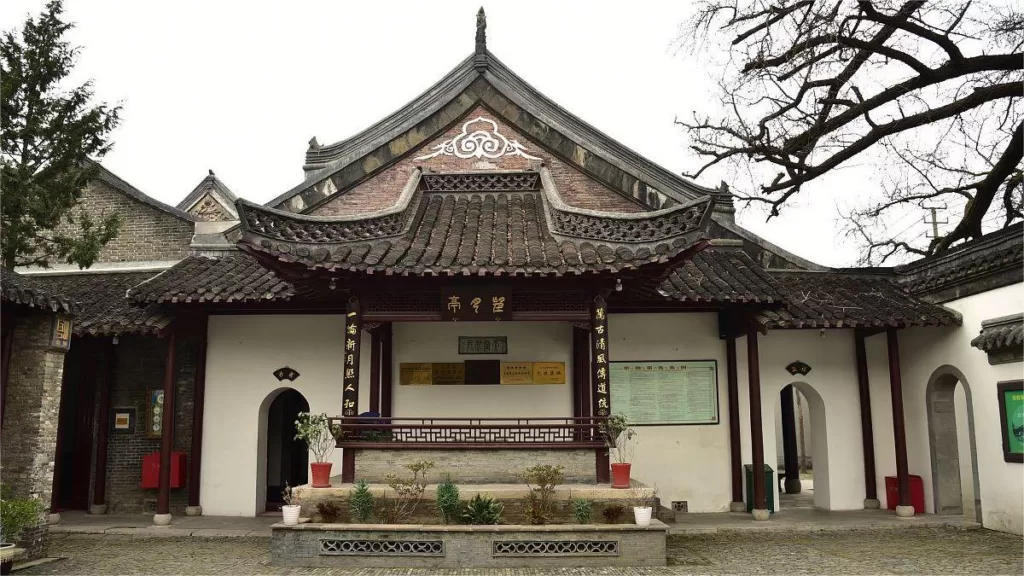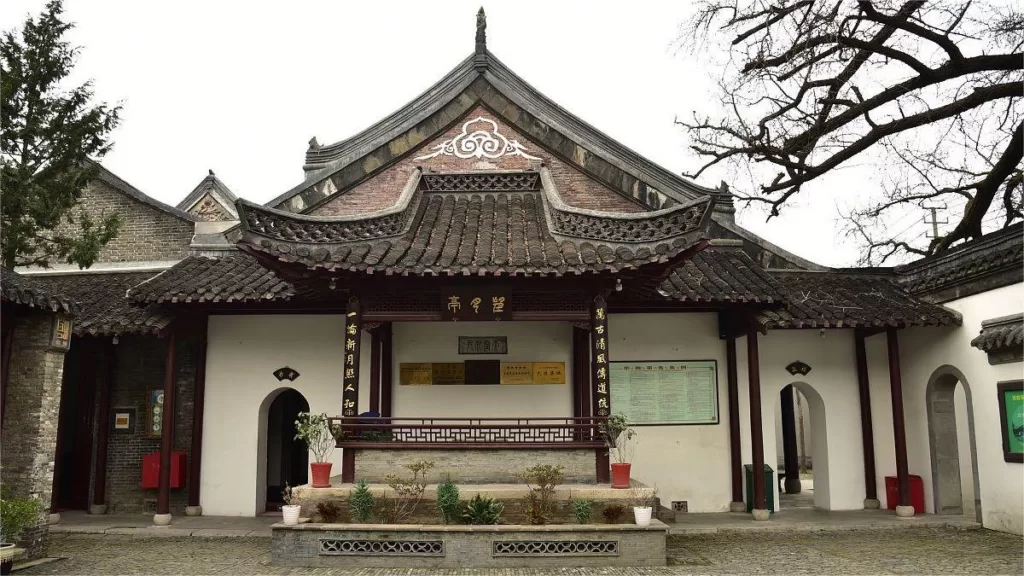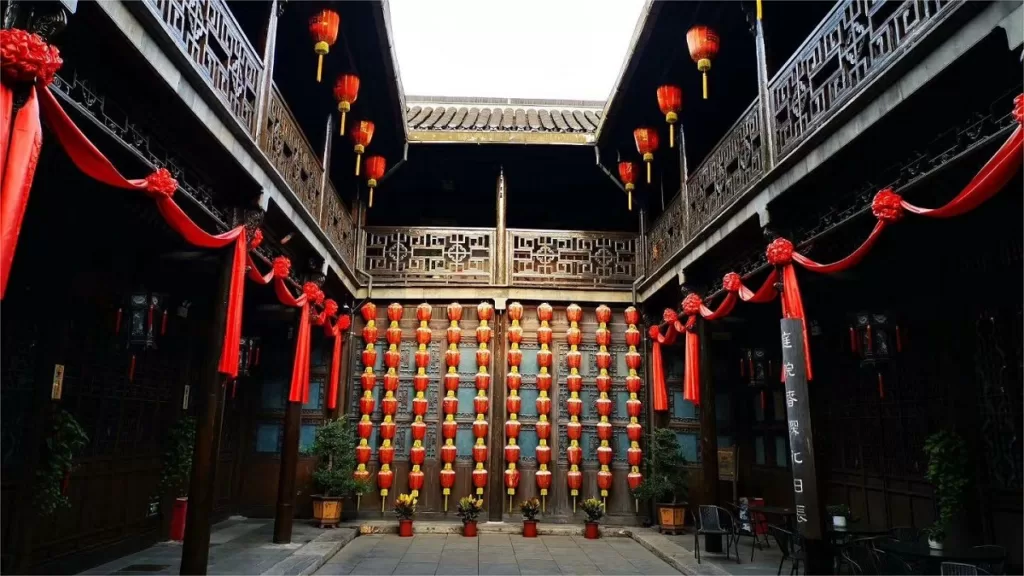Xianhe Moskee Yangzhou - Kaartje, openingstijden, locatie en hoogtepunten


The Xianhe Mosque (仙鹤寺), also known as the Crane Mosque, is a prominent Islamic religious site in Yangzhou, China. It is one of the four oldest and most renowned mosques established after the introduction of Islam to China, alongside the Huai Sheng Mosque in Guangzhou, the Qingjing Mosque in Quanzhou, and the Phoenix Mosque in Hangzhou. The mosque’s history dates back to the Southern Song Dynasty, during the Xianchun period (1265-1274), and it is believed to have been founded by Pu Hading, a descendant of the sixteenth-generation grandson of the Islamic prophet Muhammad.
Basisinformatie
| Geschatte lengte van de tour | 0,5 - 1 uur |
| Ticket Prijs | Gratis |
| Openingstijden | 9.00 - 17.00 |
Locatie en vervoer
Xianhe Temple, or 仙鹤寺 in Chinese, is situated in the heart of Yangzhou city in Jiangsu Province, specifically in the Guangling District. The exact address of the temple is No. 111 Nanmen Street. To get there, tourists can take bus 1, 5, 6, 23, 29, 32, 37, 49, 56, 62, 66, 107, 126, or 128, and get off at Xianhesi Stop (Crane Mosque Stop).
Origin of the Name
Covering a modest area of 2.3 acres, Xianhe Mosque features a unique architectural layout with asymmetric courtyard-style structures. The layout is inspired by the shape of a crane, and this symbolism is evident in its design, giving the mosque its distinctive name. The entrance gate’s decorative screen resembles a crane’s beak, the main prayer hall represents the crane’s body, and the open-air corridor leading northward corresponds to the crane’s neck. Two ancient wells to the south and north of the complex represent the crane’s eyes, while two cypress trees symbolize the crane’s legs. The bamboo grove behind the main hall is likened to the crane’s tail. Xianhe Mosque is an important representative of Chinese Islamic architectural heritage and holds significant historical and cultural value.
Layout of Xianhe Mosque
The mosque’s primary architectural style follows traditional Chinese wooden construction techniques, but it also incorporates elements of Islamic architecture in its decorations. The main entrance gate faces east and features two square Ming Dynasty stone drums with intricate plant motifs carved on them. These drums are unique and beautifully crafted. Upon entering, visitors encounter a small courtyard with a towering and lush Southern Song Dynasty ginkgo tree.
To the southwest of the courtyard stands a three-bay hall built with Ming Dynasty Chinese fir wood. Moving westward through a narrow corridor, visitors reach the main prayer hall. The rear wall of the main hall is adorned with five brick-built pointed arches. Inside the hall, eight wooden columns support the roof, with their tops tilting towards the center.
In the west wall of the rear prayer hall, there is an intricately carved niche, known as the mihrab, with exquisite patterns. The hall also contains a minbar, or pulpit, which is an octagonal kiosk housing a hand-copied 30-volume Quran.
To the south of the main prayer hall, there is a Ming Dynasty-built Moon-Watching Pavilion. South of the courtyard is a new three-bay hall used as the residence of the Imam. In the southeast corner of the mosque, there is a bathhouse for ritual ablutions. At one point in its history, Xianhe Mosque had an Islamic school with three large classrooms for religious education.
Attractions near Xianhe Mosque

China Grand Canal Museum

Heyuan Garden

Voormalige residentie van de zoutverkoper van Lu
Jiangsu historische plaatsen, Yangzhou Attracties